Welcome to the first part of my new series, “Profiles in Nature”. Over the years I’ve amassed a great deal of information about natural history as a result of a lot of reading and being a natural outdoorsman. I grew up fascinated with the plants and animals around me and even as a kid almost always knew the name of the kind of bird, weed, or bug or other animal encountered outdoors either alone or in a group. As an adult, my understanding of the relationships of species growing in the same environment continues to grow and develop. The cycle of seasons, predator vs. prey, fruit/seed production in regards to food supply in an ecosystem…. the list goes on. When I’ve been working as a nature guide, writing blogs, or even out on casual hikes with family and friends, I’ve realized that I know a lot more about quite a bit about the plants and wildlife we encounter, and maybe I should put down some of these little species profiles down in writing to share what understanding and insights I’ve gained over the years. Not only will I just present the species as I know it in words and images, I will do so respectfully with my understanding of its place in its natural environment and ecosystem. To do otherwise only isolates it from where it belongs in nature.
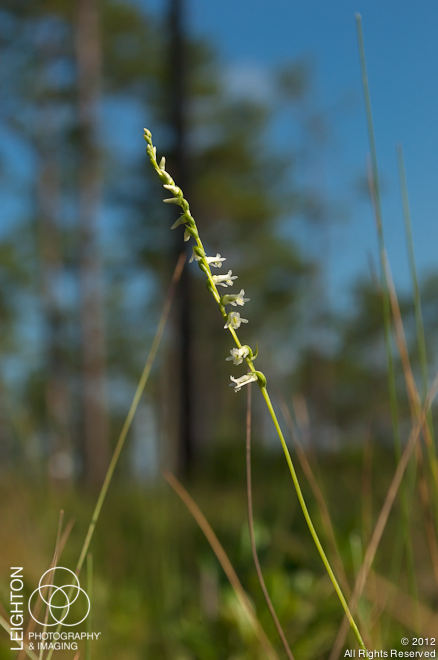
Eaton’s Ladies’-Tresses Orchid (Spiranthes eatonii)
I’ve decided to start out this series with a very rare orchid – Eaton’s ladies’-tresses (Spiranthes eatonii) of the Southeastern United States that I found quite by accident while searching for another very rare orchid – the large spreading pogonia (Cleistes divaricata) – a beautiful pink orchid which I have yet to have found in the wild. I was in a very rural tract of land completely focused on this alien-looking species and zig-zagging methodically for hours acre after acre . I was in a typical North Florida long-leaf pine scrub near the Gulf coast somewhere near the town of Sopchoppy, One eye trained for the color pink, the other for rattlesnakes and anomalies. It was hot, late in the afternoon and in the first week of May when I eventually came into a massive colony of another orchid – the giant ladies’-tresses (Spiranthes praecox). Really beautiful, some were very tall (higher than my knee), and I photographed the best specimens and then got back to my search.
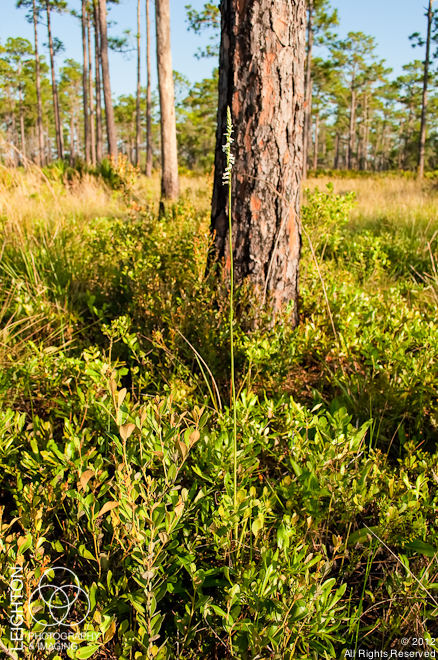
Giant Ladies’-tresses (Spiranthes praecox)
Suddenly, I saw an anomaly. There was a very tiny ladies’-tresses orchid among the giants. Very similar, but the leaves were very different. Quickly drying up, but in a pattern very unlike the grassy-like leaves on all the other ladies’-tresses I’d been wandering among back and forth for the past hour and a half. The stalk (or spike) was completely in flower and was only about five inches tall and the flowers were very evenly spaced out instead of haphazardly jumbled together the length of the stalk. The ladies’-tresses I’d been seeing were about 24 inches on average before all the flowers were open. This was new to me, and I had an inkling that it was the Eaton’s ladies’-tresses, an orchid I’d only seen pictures of in Paul Brown’s, Wild Orchids of Florida. Turns out I was right, and it was a first sighting for me.
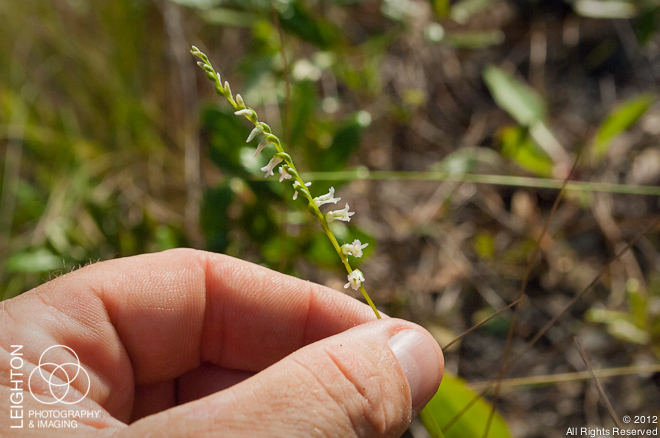
Eaton’s Ladies’-Tresses Orchid (Spiranthes eatonii) showing the size of the flowers
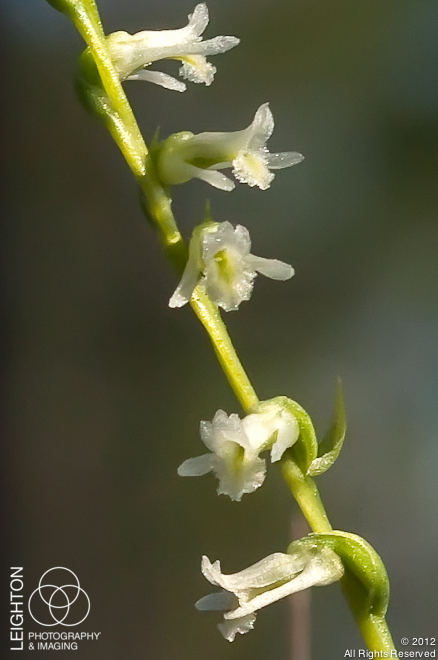
Close-up of Eaton’s Ladies’-Tresses Orchid (Spiranthes eatonii)
Over the next hour, I found eight more of this beautiful diminutive orchid in varying stages of development among the palmettos and pines – all in an arc of about sixty feet. This was the entire colony – none more found anywhere nearby in any direction.
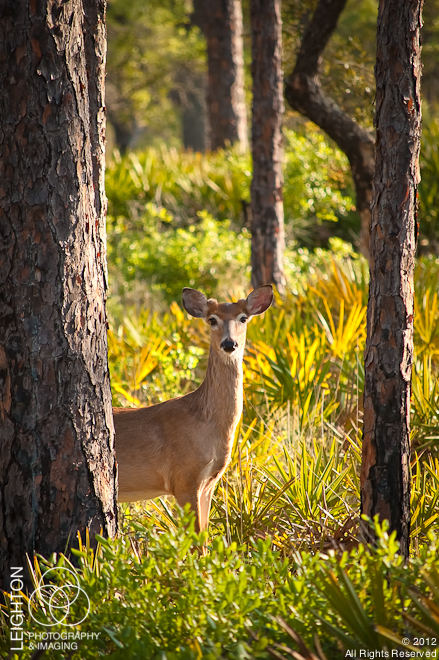
A white-tailed deer among the palmettos of the pine scrub watches me as I’m photographing ladies’-tresses orchids ~ note the habitat.
Eaton’s ladies’-tresses belong to the tribe of orchids known as Cranichideae (click to see more) are found throughout the American Southeast along the Gulf Coastal Plain and extending up along North and South Carolina’s coasts, growing primarily in pine flat woods, pine savannas and pine-oak sandhills and are the only white-flowered, basal-leaved Spiranthes to bloom in this region (north Florida) in the winter and spring. The colony that I found was within sight of brackish water near the Gulf of Mexico, in very sandy soil but containing moderate levels of organics and located in full sunlight with no shade cover.
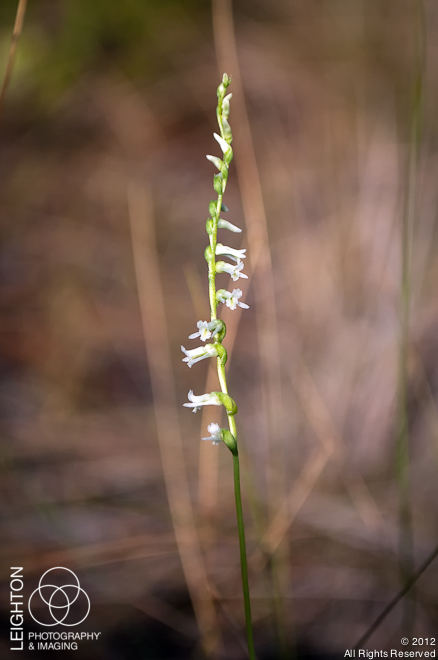
Eaton’s Ladies’-Tresses Orchid (Spiranthes eatonii)
Sharing and commenting via the social media links below will help me greatly, and is much appreciated.
Thank you in advance!
ALL IMAGES AVAILABLE FOR PRINT OR DIGITAL DOWNLOAD!
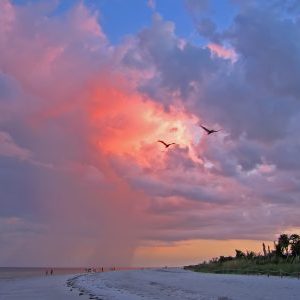
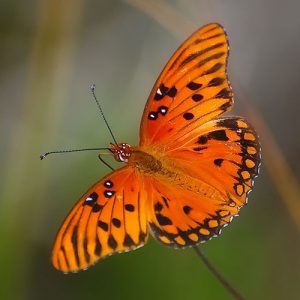
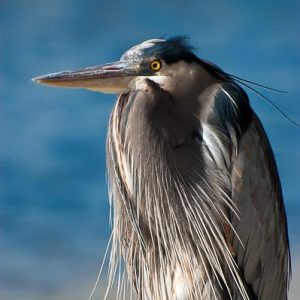
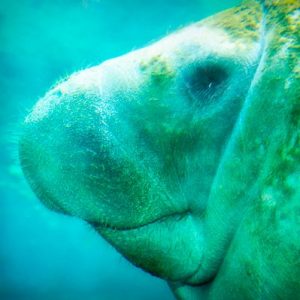
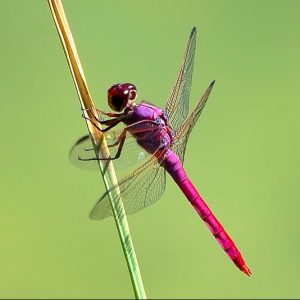
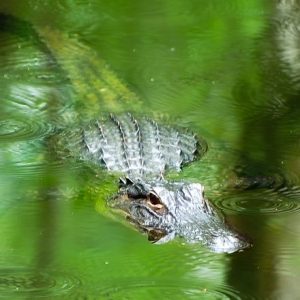
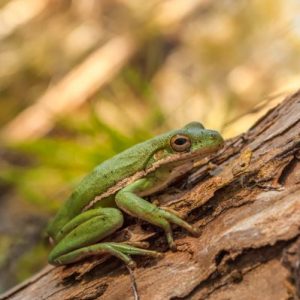
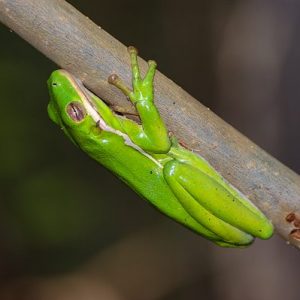
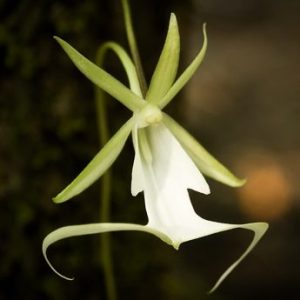
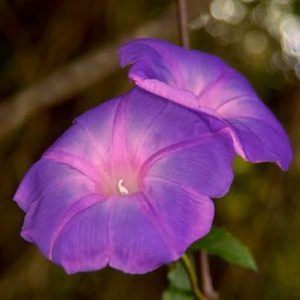
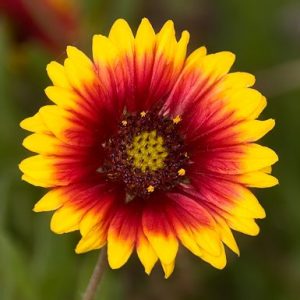
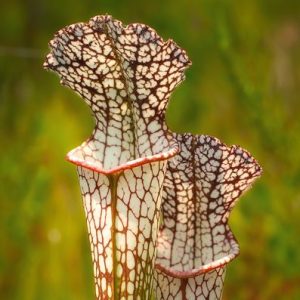
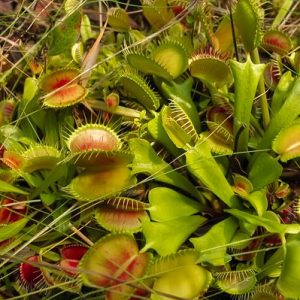
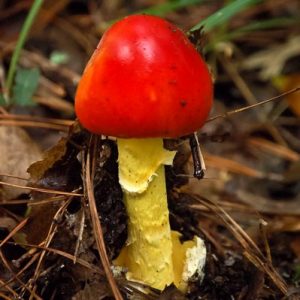
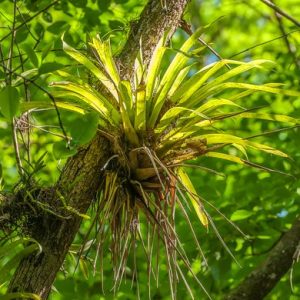
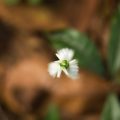
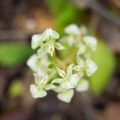
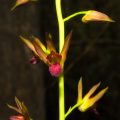
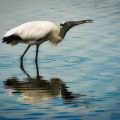
Rich…I remain a fan of your work. Your presentation is like a lesson in nature…love it.
Thank you very much Joanne! I’m trying a new form of presentation…. I hope this works!